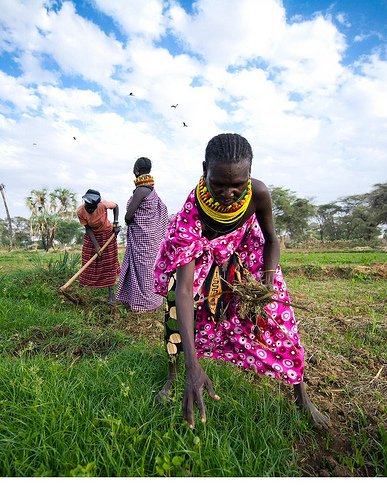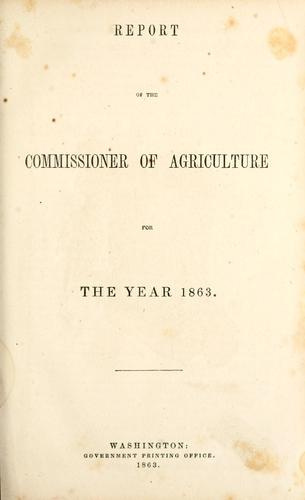
Agricultural Research Service chemist Tsung Min Kuo and technician Karen Ray convert vegetable oil into antifungal agents and other value-added bioproducts.
This post is part of the Science Tuesday feature series on the USDA blog. Check back each week as we showcase stories and news from USDA’s rich science and research profile.
Emerging bioenergy systems hold the promise of helping to reduce our dependence on foreign oil, increase economic prosperity, and reduce greenhouse gas emissions. The National Renewable Fuel Standard mandates the production of 36 billion gallons of biofuels be produced annually by 2022; of which 16 billion gallons must come from fuels that are not corn-based ethanol. These fuels, produced from the conversion of grasses, wood, and oilseeds and other biomass, must be produced in a sustainably and economically efficient manner. To meet this goal, USDA has developed a Bioenergy strategy, focused on research, development, education, and extension. As part of USDA’s Office of the Chief Scientist series of white papers on the Department’s research portfolio, this plan aligns USDA’s biofuels research with the goals of President Obama’s Blueprint for a Secure Energy Future. Read more »

Woman farmers in Kenya, a country where food security is projected to improve over the next decade Photo: World Food Programme
The Economic Research Service (ERS) has, since the late 1970s, reported annually on food security in a number of developing countries. A key indicator is the number of food-insecure people (those who each consume less than a nutritional target of 2,100 calories per day). In the latest report, we estimate food security in 76 countries, in four regions. Read more »

Prescribed burn at the Tahoe National Forest. (Photo: Steve McKelvey, U.S. Forest Service
There’s hot debate over whether or not to conduct prescribed burning and mechanical thinning (the manual removal of trees) in our nation’s forests. Supporters of these fuels reduction methods, which remove highly flammable undergrowth, argue that they help lower the severity of wildfires. Meanwhile, opponents say that the treatments can hurt the environment. Read more »

NIFA’s AgrAbilty Project recipient uses modified lift to transfer from wheelchair to tractor. Photo credit: National AgrAbility Project at Purdue University.
This post is part of the Science Tuesday feature series on the USDA blog. Check back each week as we showcase stories and news from USDA’s rich science and research portfolio.
According to a Bureau of Labor Statistics (BLS) report issued in June 2011 there are 4,861,000 people with disabilities in the workforce, and 3.3 percent are involved in agriculture and related industries. In addition, a 2010 report from BLS predicted that between 2008 and 2018 the most jobs lost by people with disabilities will be among farmers and ranchers. Read more »
The first few weeks of June are always some of the busiest weeks for USDA’s National Agricultural Statistics Service (NASS). Our agency reaches out to more than 100,000 farmers and ranchers across the country as we conduct three major surveys: June Area, Crops/Stocks and Hogs and Pigs Inventory surveys.
Having worked in management positions in NASS’s Georgia and Washington offices, I can honestly say that conducting these surveys is not an easy task. We dedicate the first two weeks of the month to gathering the information and process it in the next two. The data has to be ready to go by the last Friday of June (June 29 this year), when NASS publishes its June Acreage report, setting the first official estimates for the upcoming harvest. Read more »

Report cover from the Division of Statistics, 1863
U.S. interest in dependable agricultural statistics can be traced back to the very foundation of our country. George Washington was the first U.S. President to realize the need for reliable answers to questions like: How much grain can the United States export? How much does farmland cost to buy or lease? In his 1796 State of the Union speech, President Washington proposed a “Board of Agriculture” to find the answers to these questions. Read more »





